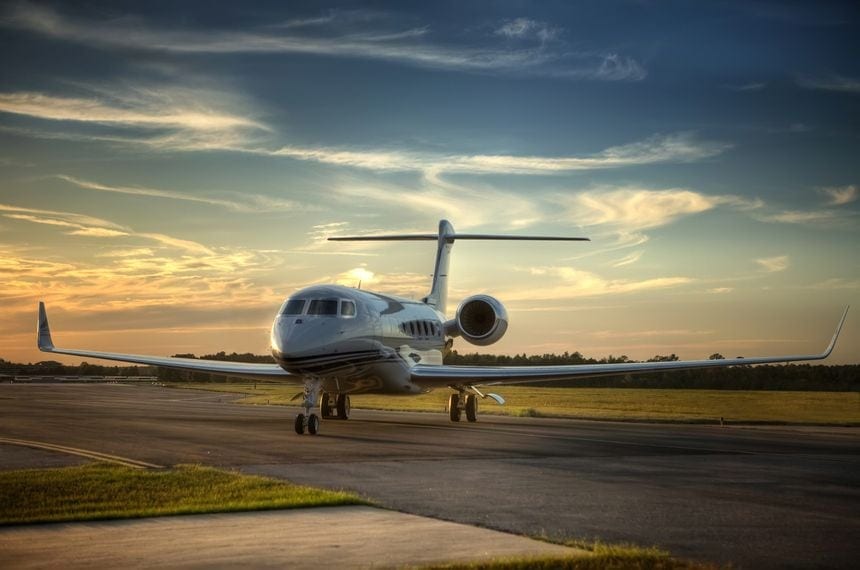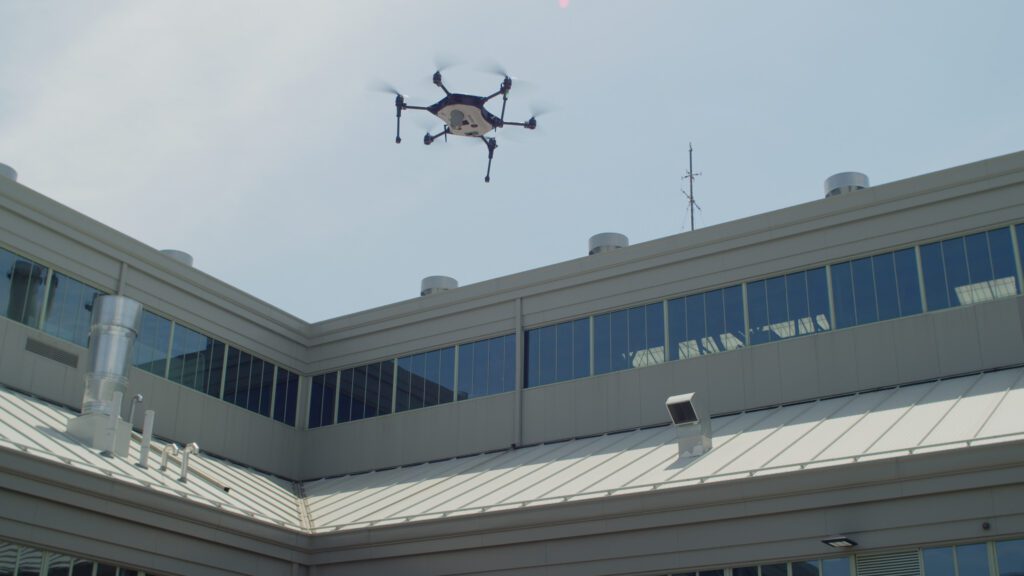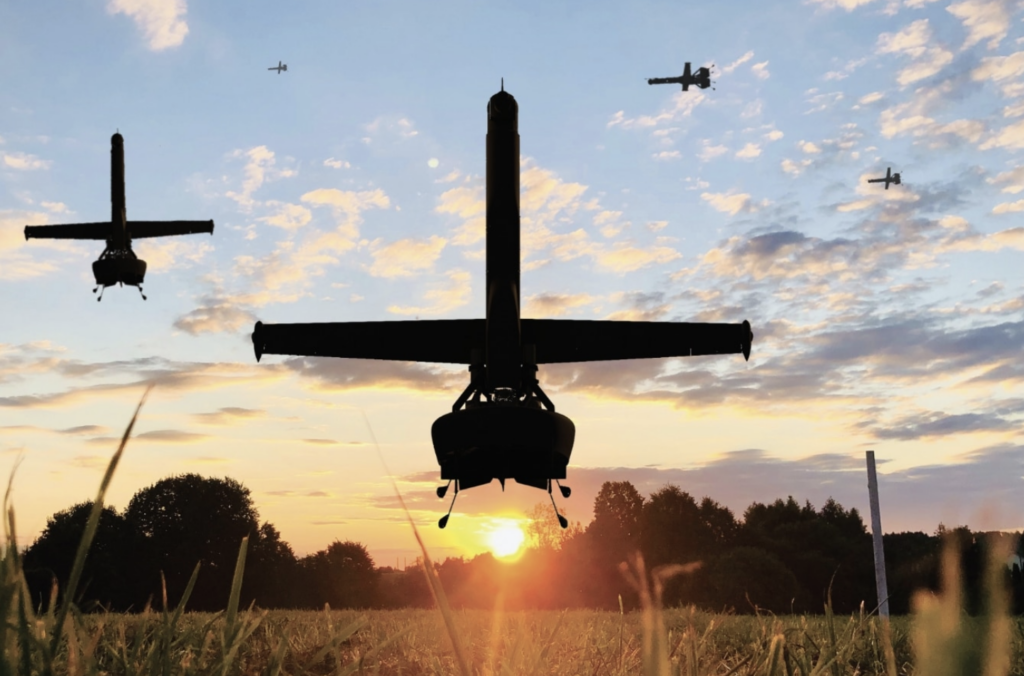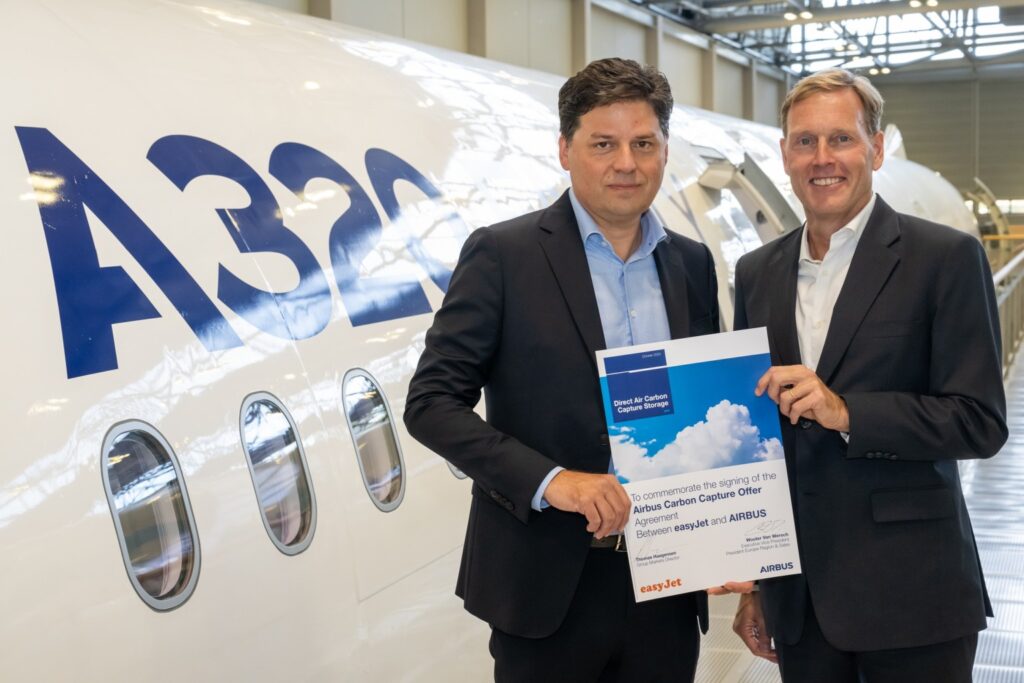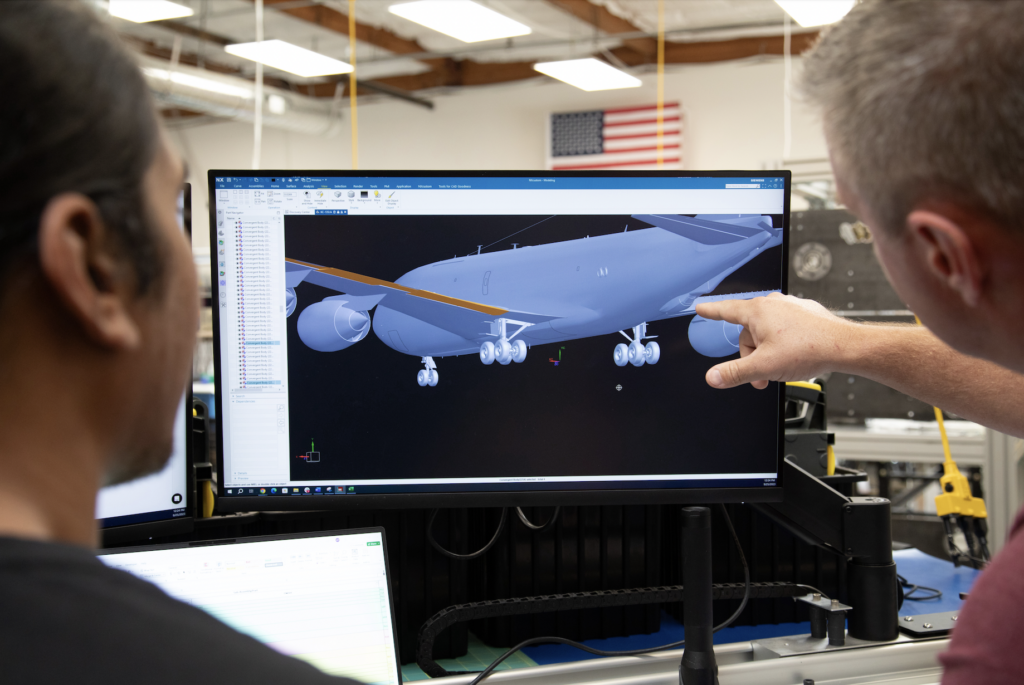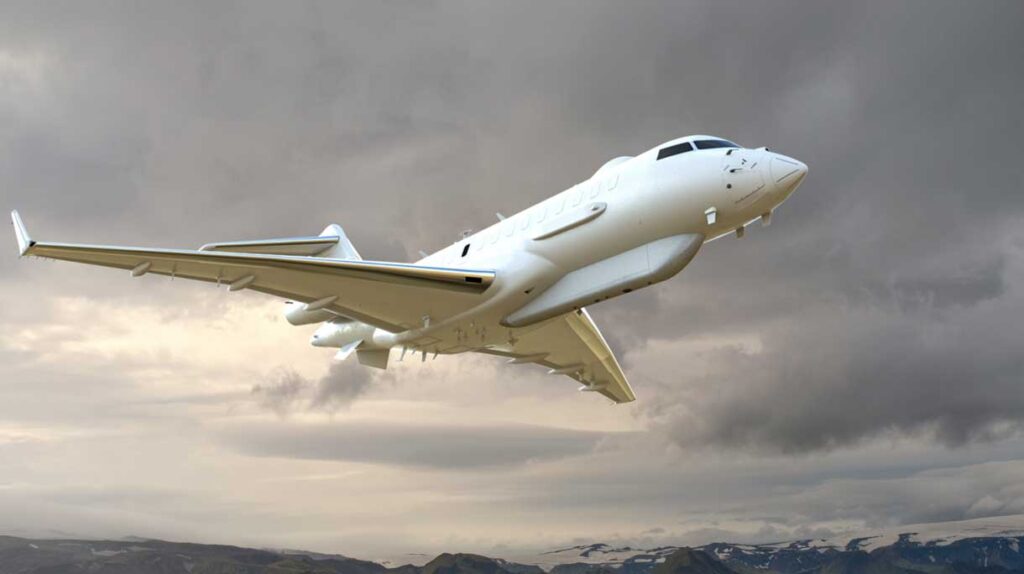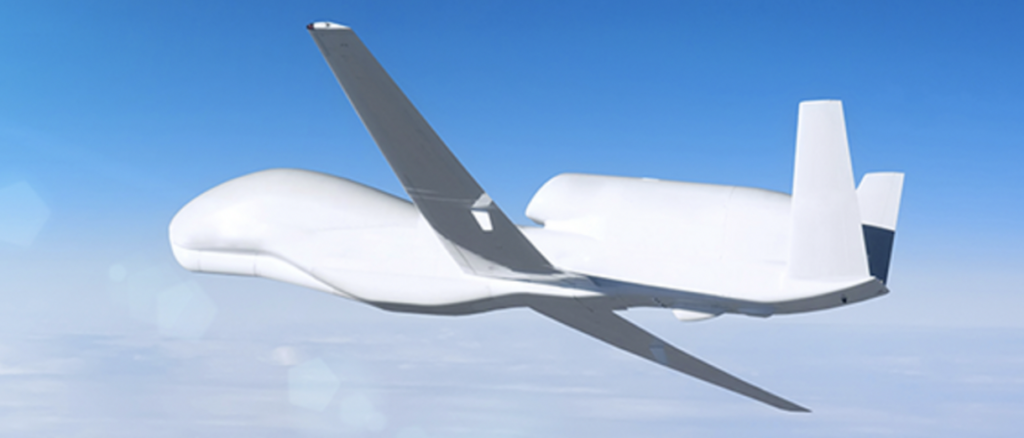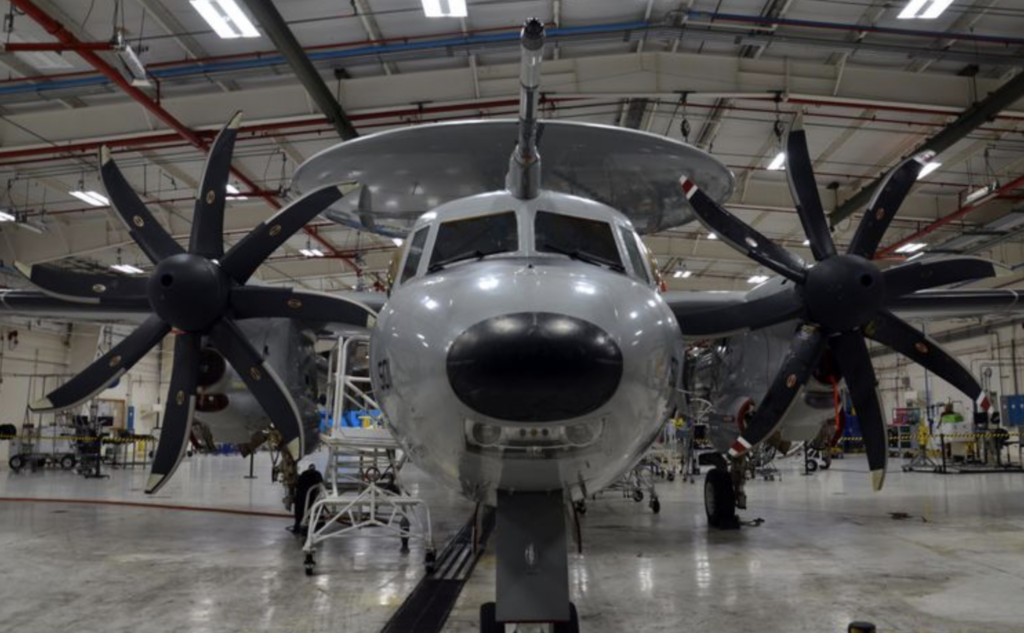Curtiss-Wright Teams With Ultra PCS For New HUMS Offering

LAS VEGAS – Curtiss-Wright and Ultra PCS are teaming up to build a new cockpit voice and data recorder that also includes health and usage monitoring of rotorcraft.
The so-called “FortressHUMS,” combines the typical capabilities of flight data recording with a health and usage monitoring system, or HUMS, packaged in an “easy-to-install and affordable single-box” that weighs just 13 pounds, where similar systems can weigh up to 70 pounds, Curtiss-Wright said.
FortressHUMS can be retrofitted onto a helicopter optimizing the size, weight, and power investments that enhances ease of maintenance, safety, fleet management, and supply chain, the company said. Its serial communications network of sensors, connects with a single cable routed throughout the aircraft, speeding and simplifying installation.
FortressHUMS can extend aircraft operational life and implement predictive maintenance programs, the company says. It can be deployed as a permanent-installed combined HUMS and recorder system for new aircraft construction, or as an upgrade for customers who install a Fortress Recorder..
“We are very excited to collaborate with Ultra PCS to deliver the unprecedented size and weight reduction provided by the FortressHUMS recorder to the rotorcraft market,” said Brian Perry, senior vice president and general manager for Curtiss-Wright Defense Solutions Division. “FortressHUMS significantly reduces the time and cost of aircraft installation and through-life operational costs thanks to its network-based approach and extremely low installed system weight.”
Ben Sutton, vice president of data processing for Ultra PCS said the technology will enhance fleet management capabilities and shrink operating costs.
“Ultra PCS is delighted to be teamed with Curtiss-Wright to bring this next generation, game-changing technology to market,” Sutton said “The FortressHUMS will provide the end-user with a significant fleet management capability that enables them to reduce operational costs by making better decisions about maintenance analysis, safety, training, and interface to the supply system. This system will provide the transformational ability to the customer from crew chief to design engineer.”
—————
Boost Internet Speed–
Free Business Hosting–
Free Email Account–
Dropcatch–
Free Secure Email–
Secure Email–
Cheap VOIP Calls–
Free Hosting–
Boost Inflight Wifi–
Premium Domains–
Free Domains






